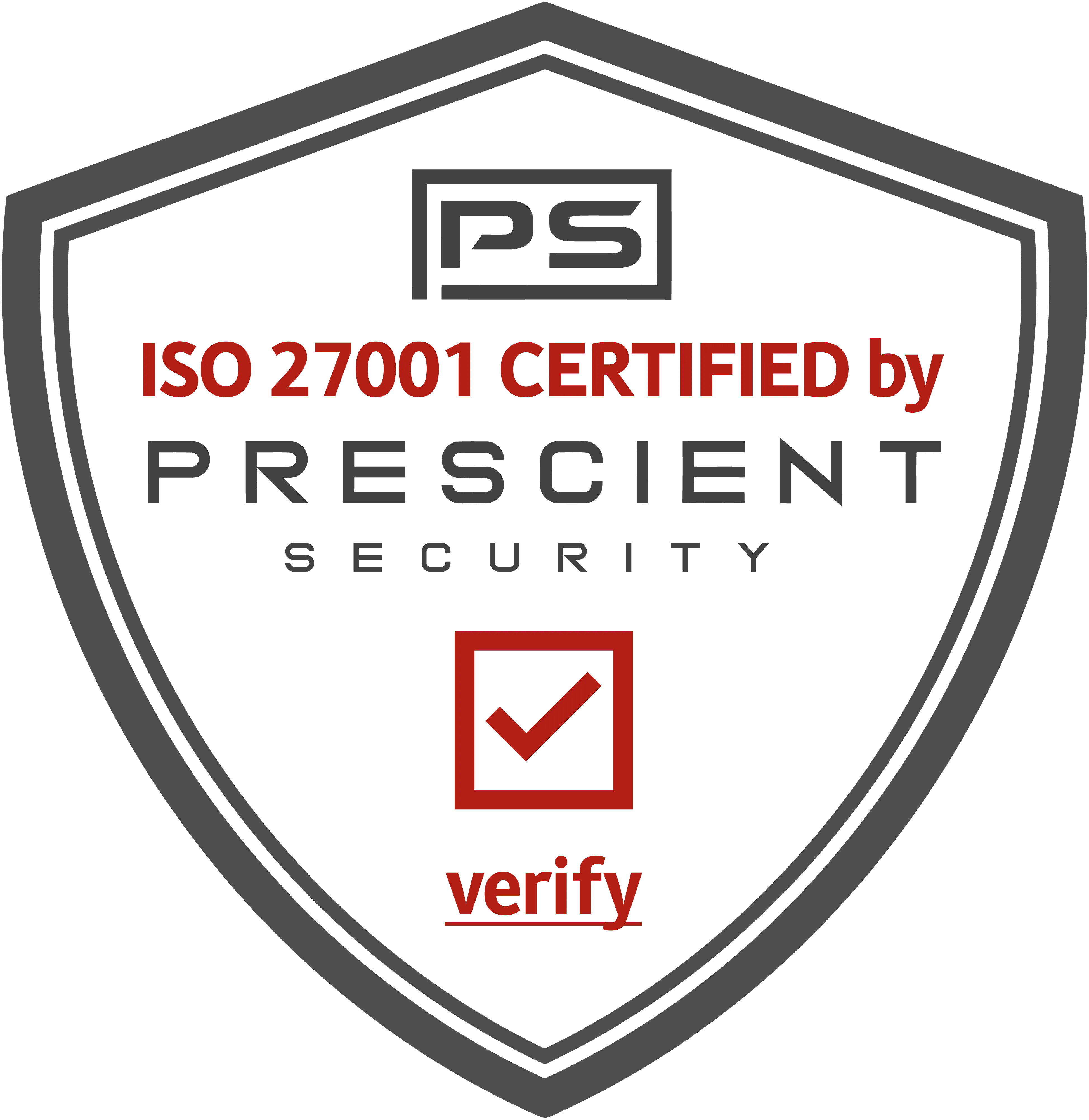Virtual Event Platform Pricing: Which One’s Worth Your Budget in 2025?

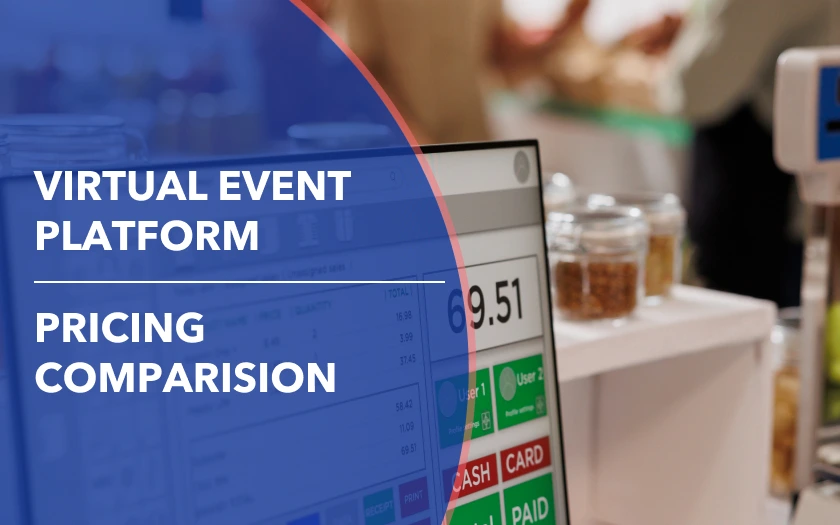
Ever planned an event and found yourself asking, “How much is this really going to cost?”
With event budgets tightening in 2025, finding a virtual or hybrid platform isn’t just about fancy features, it’s about getting the most value for your money.
The virtual event space has expanded rapidly, offering a wide range of tools for everything from large-scale conferences to small networking sessions. But with so many pricing models, tiers, and hidden fees, understanding virtual event platform pricing can feel like a puzzle with missing pieces.
This article aims to simplify that decision. We’ll compare the pricing structures of 10 leading virtual event platforms, focusing specifically on affordability. While every platform has its strengths, we’ve narrowed our lens to look at how each one stacks up in terms of cost-effectiveness.
{{table-of-contents}}
Framework for Comparing Virtual Event Platform Pricing

Comparing virtual event platforms solely on price can be misleading without context. A $99/month plan might seem affordable at first, but if it doesn’t include registration, branding, or support, is it very useful?. That’s why we created a clear, consistent framework to evaluate affordability across different platforms.
Our cost evaluation focuses on five key categories that, together, offer a well-rounded view of how each online event platform handles pricing:
- Virtual Event Platform Pricing Model
Different platforms take different approaches to how they charge. Some offer monthly or annual subscriptions, while others bill per event or use a freemium model with limited features. Each model works best in different scenarios. For example, subscription plans might be more cost-effective for teams running frequent events, while one-time pricing is often simpler for annual or quarterly conferences or expos.
- Base Price
The base price gives you a starting point, but it rarely tells the full story. We looked at the lowest publicly available pricing tier for each platform and noted what’s actually included at that level.
So, what should you look for in a platform’s base price? Pay attention to the essentials: attendee limits, branding options, access to live or on-demand support, and whether core features like screen sharing, breakout rooms, or analytics are included. A low price might look appealing, but if it means sacrificing functionality or scalability, it could cost you more in the long run.
- Scalability
Costs can increase quickly as your event size grows. We examined how pricing scales at typical attendee thresholds: 100, 500, and 1,000 participants. Some platforms offer flat rates with generous capacity, while others charge incrementally or place attendees into tiered brackets.
Just as important as scalability is pricing flexibility, how easily (and affordably) a platform can adjust to unexpected changes in attendee numbers. Can you upgrade mid-event? Will you be penalized for going slightly over? These details can make or break your budget, especially for high-traffic or registration-heavy events.
- Extra Fees
Even with a base plan in place, most platforms apply additional charges that can affect your final total. These might include:
- Ticketing and transaction fees
- Add-on features like additional hosts, breakout rooms, or integrations
- Support upgrades or white-glove onboarding
We flagged any notable or recurring extra costs that are not immediately obvious on pricing pages.
- Value Per Dollar
A platform isn’t truly affordable if it limits essential features behind higher paywalls. We evaluated what each provider includes in its base or mid-tier plans, things like engagement tools, analytics, customization, and integrations, and compared that to the pricing. The goal was to determine the relative value of each dollar spent.
We also looked at whether platforms offer a free tier or trial period, which can be a major plus for organizers who want to test features before committing. It’s not just about cost—it’s about how far your budget can stretch without sacrificing key functionality.
How Virtual Event Pricing Impacts Event Planning Decisions
Price isn’t just a line item, it directly shapes how events are designed and delivered. Understanding the true cost of a virtual event platform helps organizers make more strategic choices around:
- Frequency: Whether you run monthly networking sessions or one major annual summit, your ideal pricing model may differ.
- Audience size: As your attendee count grows, so can your costs. Scalable pricing structures are crucial for long-term budgeting.
- Monetization: Platforms with high transaction or ticketing fees can eat into your event revenue.
- Event format: Interactive, multi-session formats may require more robust (and expensive) features than simple webinars.
By using this cost evaluation framework, organizers can move beyond sticker prices and focus on which platforms offer the best overall value for their unique event needs.
Next, we’ll take a closer look at how each platform compares when it comes to virtual event platform pricing.
Virtual Event Platform Pricing Comarison
Now that we’ve established the framework for evaluating virtual event pricing, let’s take a closer look at how the top tools stack up.
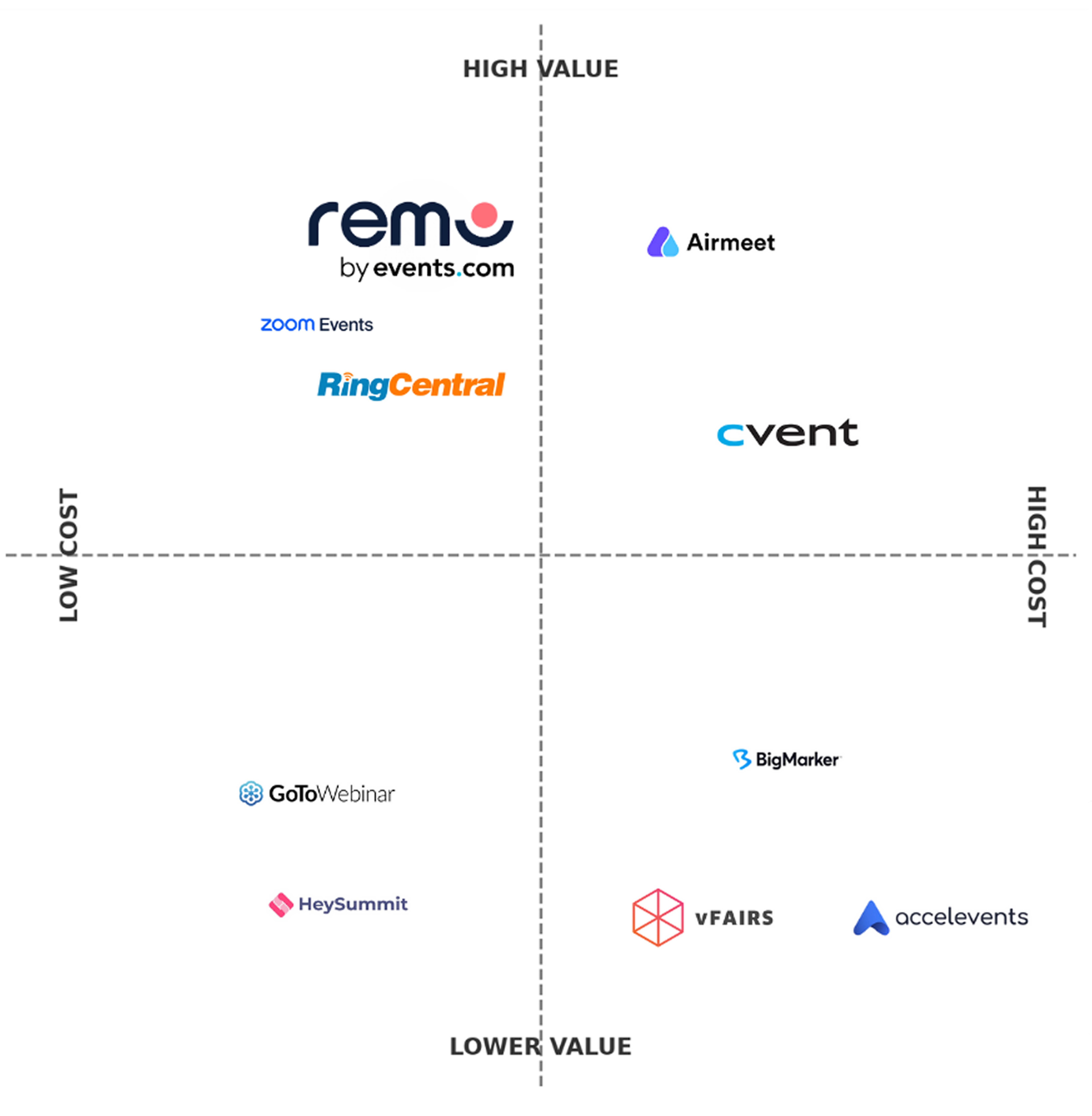
1. Remo
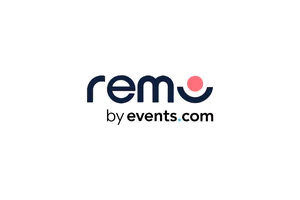
Remo is a virtual event platform built for interactive experiences that go beyond basic video calls. Think networking lounges, virtual career fairs, expos, and webinars. Its signature floor plan design mimics real-world event spaces, making it especially popular for events that prioritize connection and movement.
Pricing Overview
Remo offers simple, transparent pricing with no hidden ticketing or transaction fees, just a flat $0.99 per paid ticket, one of the lowest in the industry. All core features are available across every plan, including networking tools, presentation mode, whiteboards, screen sharing, and immersive floor plans.
Remo pricing includes three primary tiers, each designed for different virtual event types:
- Starter Plan: Starting at $299/month
Billed quarterly or annually. Includes unlimited events, unlimited registrations, and unlimited event duration. Best suited for recurring events and organizations running 1–2+ events monthly.
- One-Time Event Plan: Starting at $699/event
Pay-as-you-go option for single events. Includes the same feature access as recurring plans, plus unlimited dry runs, live support, and full setup flexibility.
- Enterprise Plan: Custom quote
Ideal for high-volume organizations or those needing always-open event spaces, SSO, enhanced analytics, or white-labeled branding. Includes dedicated support and advanced integrations.
Add-Ons & Customization
Remo offers modular add-ons so you only pay for what you need. These include in-event support, white-label branding, networking recommendations, and more—letting you fine-tune your event experience.
Core features across all plans include:
- Free guest movement
- Live polling, quizzes & real-time reactions
- Private chat and table messaging
- Mobile compatibility
- Access to the immersive 3D Floorplan Marketplace
Free Trial: Remo offers a 14-day free trial with no credit card required.
Subscription Access: You can start with Remo’s free trial directly online—no sales call required.
Cost Scenarios
Let’s break down a few common use cases to understand when each plan makes financial sense:
Scenario 1: Monthly Webinars (100–200 attendees each)
Best Fit: Starter Plan
At $299/month, this allows unlimited events, meaning just two or more webinars a month drives down the per-event cost to under $150. If you're planning to engage regularly, this is the most cost-efficient model.
Scenario 2: Annual Virtual Career Fair
Best Fit: One-Time Event Plan
At $699 for a single event, this is ideal for organizers who want the immersive feel of Remo without a long-term commitment. You only pay for what you need, and you get a flexible, interactive environment.
Scenario 3: Branded Company-Wide Summit
Best Fit: Enterprise Plan
Includes always-open spaces, SSO, advanced post-event metrics, and dedicated customer support. Pricing is quote-based, but typically fits organizations hosting large-scale or multi-day events with complex needs.
Cost Pros and Cons
Affordability and Value Rating
- Affordability: 4/5
- Value for Cost: 5/5
Remo stands out for event organizers who prioritize connection, flexibility, and frequency. The transparent, value-based pricing model removes guesswork and helps maximize ROI, especially when you're hosting multiple interactive events a year. Plus, Remo offers stellar, responsive support, helping organizers troubleshoot quickly and keep events running smoothly.
2. BigMarker

BigMarker is a feature-rich virtual and hybrid event platform tailored for enterprise-grade experiences. Known for its customizable lobbies, integrated streaming, and powerful registration tools, it's a go-to for large-scale conferences, expos, and branded virtual venues. The platform also supports advanced analytics and CRM integrations, making it especially appealing for marketing and demand-gen teams.
That said, some users on G2 have reported audio quality and lagging issues, particularly during high-traffic sessions, something to keep in mind if a seamless stream is critical to your event.
For a complete overview, check out our BigMarker review!
Pricing Overview
BigMarker operates on a license-based model rather than traditional tiered subscriptions. Pricing is not publicly listed and must be requested through their sales team, but the structure is designed around the number and frequency of events.
- Single Event License
For one virtual or hybrid event per year. Includes registration, networking, livestreaming, and expo hall access for up to 500,000 attendees.
- Multi-Event License
For several virtual/hybrid events annually with the same features included in the single-event plan.
- Unlimited Event License
Run unlimited events throughout the year, ideal for companies hosting multiple touchpoints, user summits, or campaigns.
All licenses include access to BigMarker’s virtual venue features: customizable landing pages, registration tools, payments, sponsor content banners, gamification, analytics, and support.
Free Trial: BigMarker offers a 7-day free trial for its webinar and virtual event platform.
Subscription Access: Need to contact the sales team for access and pricing.
Best Fit For: Enterprise teams hosting large-scale, branded events with internal production support and complex registration flows.
Cost Pros and Cons
Affordability and Value Rating
- Affordability: 2/5
- Value for Cost: 4/5
BigMarker delivers robust functionality for virtual and hybrid events. While pricing is opaque and geared toward high-volume or high-impact use cases, it offers strong virtual event ROI for brands that run frequent, large-scale events and want full control over design, delivery, and data.
3. Zoom Events

Zoom Events is part of Zoom’s expanded suite for hosting virtual and hybrid events, combining Zoom Meetings and Webinars into event hubs. It provides tools for registration, ticketing, expo-style sponsor halls, multi-track sessions, attendee networking via chat, mobile check-in, and on-demand content.
However, the backend interface can feel clunky, particularly when managing multi-session events. Some users also report limited flexibility in branding and customization during live sessions. This can be a drawback for organizers who want to create more immersive or highly tailored experiences. In contrast, platforms like Remo offer customizable floor plans and allow guests to move freely between virtual tables, encouraging more natural, interactive networking.
Pricing Overview
Zoom structures its event offerings into three main packages (all require a paid Zoom Meetings base license):
- Zoom Webinars
Starts at $79/month, with capacity based on attendee license tiers (starting at 500 participants and scaling up to 10,000+ in higher tiers).
- Zoom Sessions
Priced from $99/month, ideal for single-session events with branding, AI-driven content imagery, breakout rooms, and a shared event hub.
- Zoom Events
Starts at $149.99/month and supports multi-track and multi-session events, virtual expo halls, networking features, mobile check-in, and session reservation tools.
Licenses scale based on attendee count, ranging from $125/month for 50 attendees to custom pricing for 10,000+ attendees. Additional hosts can be added at $65/month (Sessions) or $75/month (Events). Zoom also offers both monthly and annual billing, plus a pay-per-attendee model for organizers managing multiple events with varying capacities.
Free Trial: Zoom Events doesn’t offer a standard free trial, but Pro or Business account holders can request one through Zoom support.
Subscription Access: Plans are available via self-service—just log in with your Zoom account to get started.
Best Fit For: Companies already using Zoom looking to host webinars, summits, or hybrid sessions with familiar tools.
Cost Pros and Cons
Affordability and Value Rating
- Affordability: 4/5
- Value for Cost: 3.5/5
Zoom Events delivers a familiar and scalable platform for hosting virtual and hybrid events, particularly suited to organizations already in the Zoom ecosystem. With clear pricing tiers and flexible attendee options, it offers value for event types ranging from webinars to multi-track summits.
4. HeySummit
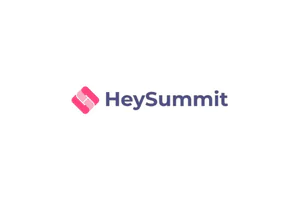
HeySummit is a virtual event management platform focused on content-driven events like summits, webinar series, and online speaker showcases. It’s especially popular with creators, educators, and brands running multi-session events with multiple speakers. The platform handles ticketing, session registration, and speaker management with an emphasis on automation and scalability.
However, landing page customization is limited, which can be a drawback if you're looking for more control over branding or design. The templates are clean and functional but may not offer the flexibility some organizers need.
Pricing Overview
HeySummit’s pricing is based on the number of attendees and the features you need. Plans start for events with 100 attendees and scale up to enterprise-level options for 50,000+ attendees.
Below is a breakdown of pricing for typical usage tiers:
- Starter Plan – $16/month (billed yearly)
Ideal for small, single-track events with basic requirements. Supports up to 250 attendees.
- Growth Plan – Starts at $33/month (billed yearly)
Supports up to 1,000 attendees, multiple active events, and expanded team access.
- Success Plan – Starts at $66/month (billed yearly)
Includes advanced integrations, support for in-person events, and enhanced customization.
- Enterprise Plan – Starting from $10,000/year
Designed for organizations with growing complexity and larger audiences. Includes priority support, SSO (Single Sign-On), custom implementations, and white-labeling.
Free Trial: All plans include a 14-day trial. Monthly billing is available at ~20% more and can be adjusted based on attendee volume.
Subscription Access: You can start with a free trial or subscribe to a paid plan directly from the site, no sales interaction needed.
Best Fit For: Solo organizers, educators, or creators running speaker-led events, virtual summits, or webinar series on a budget.
Cost Pros and Cons
Affordability and Value Rating
- Affordability: 5/5
- Value for Cost: 3/5
HeySummit is best suited for organizers focused on content delivery over engagement. If you're hosting webinars, expert panels, or on-demand speaker summits, it offers excellent value, especially in the lower tiers. For events that demand networking and immersive experiences, it may fall short unless paired with external tools.
5. RingCentral Events
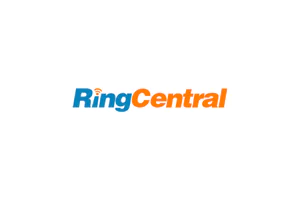
RingCentral Events, formerly Hopin, is a comprehensive virtual and hybrid event platform that offers a full suite of features, including virtual stages, breakout sessions, networking lounges, sponsor virtual booths, and registration tools. It supports AI-powered features like real-time caption translation, auto-generated social content, and categorized Q&A. The platform is designed for scalability, accommodating events ranging from small workshops to global summits.
One limitation is its native analytics. While the platform is improving in this area, deeper reporting and cross-event analysis often require exporting data to external tools. This can add time and complexity for data-driven teams.
Pricing Overview
RingCentral Events uses an organizer-seat-based pricing model, offering unlimited registrations per tier. Key tiers include:
- Pro
$99/month per organization. Includes unlimited events, full venue features, ticketing, and analytics.
- Pro+
$199/month. Adds hybrid/onsite capabilities, integrations, and SSO.
- Enterprise
$299/month. Offers API access, content hubs, onboarding support, and lead retrieval.
Free Trial: RingCentral Events offers a 30-day trial with core feature access, though event publishing and hosting are limited.
Subscription Access: Self-serve plans are available for small events, but mid-tier and enterprise options go through sales.
Best Fit For: Marketing and community teams hosting multi-session or multi-track events who want sponsor support.
Cost Pros and Cons
Affordability and Value Rating
- Affordability: 4/5
- Value for Cost: 4/5
RingCentral Events is a flexible platform built for medium to large-scale virtual and hybrid events. Its seat-based pricing and robust feature set make it a strong choice for organizations running frequent, multi-session conferences or summits that require customization, sponsor tools, and integrations.
6. Accelevents
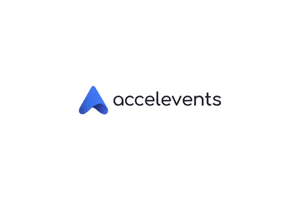
Accelevents is a virtual, hybrid, and in-person event management platform designed to serve conferences, trade shows, expos, and virtual fundraising events. It provides a full suite of tools including ticketing, registration, virtual exhibitor booths, badge printing, lead capture, and detailed analytics. Its user-friendly setup and flexibility make it appealing to mid-market and enterprise clients looking for an all-in-one solution that works across event types and formats.
One area for improvement is customizing the event hub and landing pages to better meet accessibility standards. While the platform is flexible overall, accessibility-conscious organizers may find the design options somewhat limiting, especially when compared to platforms like Remo, which offer custom branding across all tiers. Take a look at our Accelevents review for more details.
Pricing Overview
Accelevents offers transparent pricing through license-based models. Plans are either event-specific or annual, with access to all core features like registration, ticketing, integrations, and basic support.
- Professional (Single Event) – $7,000/event
For one virtual, hybrid, or in-person event. Includes registration, ticketing, event hub, networking, and exhibitor booths.
- Business (Annual) – $12,000/year
Allows unlimited events throughout the year, with access to cross-event analytics, speaker/exhibitor portals, approval workflows, and more.
- Enterprise (Annual) (Custom pricing)
Includes all Business features, plus single sign-on (SSO), branded mobile apps, a dedicated success manager, API access, and white-glove onboarding.
- White Label (Custom pricing)
Tailored to large clients requiring full branding control across domains, email, mobile apps, and support experiences.
Additional fees may apply for hardware (kiosks, badge printers), hands-on support, or advanced integrations. All tiers include 24/7 customer support with fast response times.
Free Trial: Accelevents lets you create a free test event with limited participants and sessions. You can also book a demo to explore more features.
Subscription Access: Some plans can be purchased online, but larger events or custom features typically require a sales consultation.
Best Fit For: Mid-market to enterprise users running trade shows, expos, or hybrid events with exhibitor management and lead capture needs.
Cost Pros and Cons
Affordability and Value Rating
- Affordability: 3.5/5
- Value for Cost: 4/5
Accelevents provides a flexible platform for organizations running virtual, hybrid, or in-person events. With predictable pricing and robust tools across tiers, it’s a strong choice for mid-size to enterprise teams looking to scale their event strategy without sacrificing control or attendee experience.
7. GoToWebinar

GoToWebinar is mainly a webinar platform, built for delivering professional, presentation-style virtual sessions. It’s known for its stability, ease of use, and reliable performance, especially for training, internal communications, marketing webinars, and customer onboarding. While it doesn’t offer immersive event-style environments like expo halls or networking tables, it does include essential engagement tools such as polls, surveys, Q&A, handouts, and automated email reminders.
However, some users on G2 have reported recurring technical issues and subpar customer support, raising concerns about consistency and reliability. The video quality, in particular, may not meet the expectations of organizers producing polished, high-impact sessions—something platforms like Remo have prioritized with consistently smooth, high-quality audio and video.
Pricing Overview
GoToWebinar uses a tiered subscription model based on the number of attendees per webinar and features. Though, all plans include unlimited webinars, analytics, email automation, reporting, and event branding. A free 7-day trial is also available.
- Lite – $49/month (250 participants)
Basic features with screen sharing, Q&A, polls, and reporting.
- Standard – $99/month (500 participants)
Adds custom branding, automated emails, and more robust engagement tools.
- Pro – $199/month (1,000 participants)
Includes recorded events, video sharing, transcripts, and webinar templates.
- Enterprise – $399/month (3,000 participants)
Offers high-capacity webinars, enhanced support, and compliance tools.
All plans are billed monthly or annually (with slight discounts for annual commitments).
Free Trial: GoToWebinar offers a 7-day free trial for its Pro plan.
Subscription Access: Self-service signup is available on all tiers, with transparent pricing and instant access.
Best Fit For: Businesses prioritizing stability and ease of use for internal training, customer onboarding, or sales demos.
Cost Pros and Cons
Affordability and Value Rating
- Affordability: 4/5
- Value for Cost: 3.5/5
GoToWebinar is an easy-to-use platform best suited for webinars and formal presentations. With its clear pricing and solid core features, it's a dependable choice for organizations that prioritize delivery and scalability over immersive or interactive experiences.
8. Airmeet
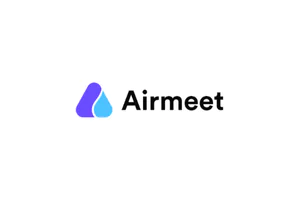
Airmeet is an online platform focused on driving social engagement. Known for its interactive features like speed networking tables, social lounges, virtual stages, sponsor booths, and breakout areas, it caters well to summits, community gatherings, career fairs, and demo days.
That said, there’s a bit of a learning curve when setting up more complex events, and some features, particularly branding and design customization, could benefit from added flexibility and polish. We dive deeper in our full Airmeet review.
Pricing Overview
Airmeet offers multiple pricing tiers based on event type, attendee volume, and feature access. Their pricing isn’t fully public, but general ranges are available based on use cases.
- Premium Webinars
Starting at $167/month (billed annually). Designed for smaller events or recurring webinars, typically with up to 100–500 attendees.
- Events Plan
Depends on attendee scale and feature needs. Supports sponsor booths, multi-track events, and branding.
- Managed Events
Custom pricing for large-scale clients. Includes full-service event planning, professional event hosting and post-event engagement strategies.
Pricing is typically attendee-based, meaning you’re charged based on the highest number of concurrent live participants across all events. Unlimited events are allowed within your chosen capacity.
Free Trial: Airmeet offers a free plan for up to 100 participants and a trial with access to all core features, including the Enterprise plan.
Subscription Access: Airmeet offers a free trial, but higher-tier plans require contacting sales.
Best Fit For: Event marketers or startup teams focused on community building and sponsor visibility through networking-first formats.
Cost Pros and Cons
Affordability and Value Rating
- Affordability: 3/5
- Value for Cost: 4/5
Like Remo, Airmeet is a conversation-first virtual event platform known for its strong networking and sponsor-friendly features. While pricing is based on attendee volume and isn’t fully transparent, it offers solid value for teams hosting engaging, mid-to-large-scale virtual or hybrid events regularly.
9. vFairs
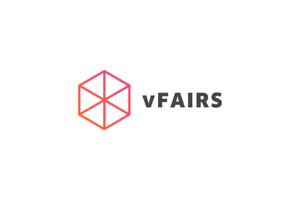
vFairs is a virtual and hybrid event platform best known for its immersive 3D-style environments. It enables visually rich experiences with custom-branded lobbies, exhibitor halls, networking lounges, and auditoriums. Common use cases include virtual trade shows, career fairs, expos, and open houses. The platform supports both live and on-demand content, gamification, multi-language capabilities, and strong lead generation features.
On the downside, the backend experience can feel limited compared to some competitors, particularly when it comes to registration management, audience segmentation, and survey reporting. Tasks like editing registrant data, reviewing survey responses, or sending targeted emails may require more manual effort or support involvement.
Pricing Overview
vFairs offers both annual license plans and per-event packages, tailored to your event scale, registration needs, and support level. Pricing isn’t public, you’ll need to contact their sales team for exact rates, but here’s how their offerings generally break down.
Per-Event Registration & Ticketing Package
Market your event with custom-branded attendee capture tools. This includes:
- Custom-designed landing and registration forms
- Tiered ticketing options with pricing page
- Pre-event email marketing tools
- Dedicated vFairs event URL (e.g., eventname.vfairs.com)
Subscription Plans
- Basic Annual License
Includes 1,000 registrations. Best for organizations hosting fewer than 5 events per year with simple registration and planning needs.
- Premium Annual License
Includes 2,000 registrations. Suited for teams that need end-to-end event support and higher attendee capacity.
- Enterprise Annual License
Includes 5,000 registrations. Built for enterprises running complex, high-volume events with custom needs.
Pricing is typically based on registration volume and required feature sets. All plans support virtual, hybrid, and in-person formats. Add-ons like custom branding, integrations, or on-site services are available for an additional fee.
Free Trial: No, vFairs does not offer a free trial.
Subscription Access: You’ll need to request a quote and work with sales to access any plan, self-serve options are not available.
Best Fit For: Universities, government orgs, or enterprises running large-scale virtual career fairs, open houses, or international expos.
Cost Pros and Cons
Affordability and Value Rating
- Affordability: 2.5/5
- Value for Cost: 4/5
vFairs is designed for large-scale, brand-driven events. While its pricing is among the highest in the virtual event market, it delivers strong value for organizations needing fully customized, interactive experiences with robust exhibitor and hybrid support.
10. Cvent
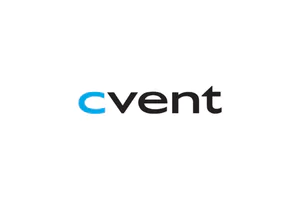
Cvent is a robust event management platform designed to handle the full lifecycle of in-person, virtual, and hybrid events. Its all-in-one model offers tools for registration, attendee engagement, badge printing, exhibitor management, budgeting, and real-time reporting. Cvent is especially well-suited to large organizations running complex event portfolios or managing multi-region conferences.
That said, the platform can feel overwhelming for new users due to the sheer number of features. There’s a steeper learning curve, and some parts of the interface could benefit from being more intuitive and user-friendly. Want to know more? Check out our Cvent Review!
Pricing Overview
Cvent uses a quote-based pricing model that combines an annual license fee with per-registrant charges, no pricing is listed publicly. Let’s unpack what that generally means:
- Annual license fee: Covers access to platform functionality.
- Per-registrant fee: Typically in the range of $3–$12 per attendee, plus a 3.99% credit card processing fee .
Plan Tiers
1. Professional License
Includes core tools and is suited for smaller teams:
- 10 user logins
- Basic event management (sessions, speakers, exhibitors)
- Reporting, content storage, accessibility/privacy controls
Note: Modules like Registration, Attendee Hub, and OnArrival are not included and would incur additional per-user or per-registration fees
2. Enterprise License
Designed for large-scale events with extensive needs. Includes all Professional features plus:
- Registration, Attendee Hub, and OnArrival modules
- Unlimited user logins
- API access, SSO, MFA, branding controls, budget/task/event showcase tools
Free Trial: Cvent offers a free trial with access to registration tools, site design, and event setup. You only pay when attendees register.
Subscription Access: Direct signup is not available, you must contact sales for quotes and setup.
Best Fit For: Large corporations or agencies running complex event portfolios with multiple modules, compliance needs, and high attendee volumes.
Cost Pros and Cons
Affordability and Value Rating
- Affordability: 2.5/5
- Value for Cost: 4.5/5
Cvent is one of the leading enterprise event management platforms that offers a modular and scalable approach to hosting complex, high-volume events. While its pricing is customized and often better suited for larger organizations, the depth and breadth of its tools make it a valuable asset for teams prioritizing control, integrations, and compliance across their event portfolio.
Virtual Event Platform Pricing Comparison Table
Not sure which platform to choose? Here’s a quick side-by-side view of how each one stacks up based on pricing transparency, features, and overall value for your budget.
Use this table to compare your top contenders at a glance.
Creative Cost‑Smart Strategies

Choosing the right virtual event platform is only half the equation, knowing how to stretch your budget once you’ve picked a platform is just as important. Whether you're running a single summit or planning a full calendar of events, these cost‑smart strategies can help you maximize your return without sacrificing quality.
- Bundle vs. À La Carte: Choose the Right Model
The first big decision? Whether to commit to a subscription or pay per event.
Subscriptions (like those offered by Airmeet or GoToWebinar) are ideal for teams running multiple events throughout the year. These often include unlimited registrations and recurring access, which reduces the per-event cost over time, especially if you're hosting events monthly or quarterly. However, be mindful of the commitment length. Some subscriptions are billed annually, so even a modest $250/month plan can total $3,000/year, which may not be cost-effective if you're only running one or two events.
À la carte or per-event pricing (as seen with Accelevents or BigMarker) may seem high upfront, but can be more economical for occasional or one-off events, especially if you want more flexibility around setup or cancellation.
Strategy: Review your annual event calendar and compare not just pricing, but also contract terms. A one-time fee may feel steep until you factor in how quickly an annual subscription adds up.
- Optimize Your Ticket Pricing
If your platform charges ticketing or transaction fees (like HeySummit, Accelevents, or Airmeet), those can add up quickly, and many don’t clearly disclose the actual fee percentages upfront. That lack of transparency can catch organizers off guard and eat into your margins.
By contrast, Remo clearly displays ticketing fees during setup, so you know exactly what to expect. Plus, Remo’s fees are among the lowest in the industry, which makes a real difference if you’re running multiple paid events.
Here are a few strategies to help you stay ahead of platform fees:
- Offset platform fees by incorporating them into your ticket price
- Offer early bird discounts or tiered pricing to encourage early signups and boost volume
- For free events, choose platforms that don’t charge on free tickets or offer low-cost support tiers, like Remo
- Use Free Tiers Creatively
Several platforms offer limited free plans or trials. Instead of burning these on one full event, use them as part of a broader event funnel:
- Host pre-event networking sessions or teaser webinars using free versions (RingCentral and Remo are strong here).
- Use trial periods to test audience engagement features before upgrading.
- Build early traction with no-cost sessions, then convert attendees to paid events.
Strategy: Don’t waste free tiers on casual testing. Use them to run real, low-stakes events that build brand equity or list growth.
- Negotiate Custom Packages
Most platforms with enterprise pricing—like Cvent, BigMarker, and vFairs—expect some level of negotiation. If you’re planning more than one event or represent a nonprofit, school, or startup, you may qualify for:
- Annual bundles with reduced per-event pricing
- Discounts for non-profit or educational institutions
- Waived setup or onboarding fees
Strategy: Always ask about multi-event discounts or custom bundles. Even if pricing isn’t listed publicly, many platforms are flexible, especially if you're committing for a year or more.
These strategies don’t just cut costs, they help you spend smarter by aligning platform spend with actual event goals.
Affordable Doesn’t Have to Mean Basic
When it comes to combining affordability with engagement, Remo offers one of the most balanced options on the market. Its flat-rate pricing works especially well for teams hosting recurring events or larger gatherings where interaction matters. For virtual experiences that go beyond just presentations, think networking, collaboration, or career fairs, Remo stands out as a platform designed to deliver more value per dollar.
While lighter tools like HeySummit may work for basic broadcasts or small sessions, they often come with trade-offs in engagement and scalability. If you’re looking for a solution that keeps your audience actively involved without breaking your budget, Remo is one of the smartest choices out there. Check out Remo’s pricing or book a demo to see how it fits your event goals.
Frequently Asked Questions about Virtual Event Platform Pricing
- How much does a virtual event cost?
It depends on the platform and the event size. Virtual event pricing can range from under $50 for a small webinar using a basic subscription plan to several thousand dollars for large-scale conferences on enterprise platforms. On average, most mid-sized virtual events fall between $500 and $2,000, factoring in platform fees, attendee volume, and any add-ons like custom branding or support.
- What are the most common pricing models for virtual event platforms?
The three most common models are:
- Subscription-based: Pay monthly or annually for ongoing access.
- Per-event pricing: One-time fee for a single event (e.g., Accelevents, BigMarker).
- Per-attendee pricing: Charges based on the number of participants (common in hybrid platforms or custom enterprise tools).
Some platforms also offer freemium tiers or event bundles.
- What features are included in the base price, and what features incur additional charges?
Base pricing usually includes core features like live streaming, event registration, and basic customization. However, additional charges often apply for:
- Ticketing and payment processing fees
- Branding and white-labeling
- CRM or third-party integrations
- Advanced analytics and reporting
- Dedicated support or onboarding services
Always check if things like breakout rooms, networking tables, or sponsor booths are included or billed as add-ons.







.webp)









